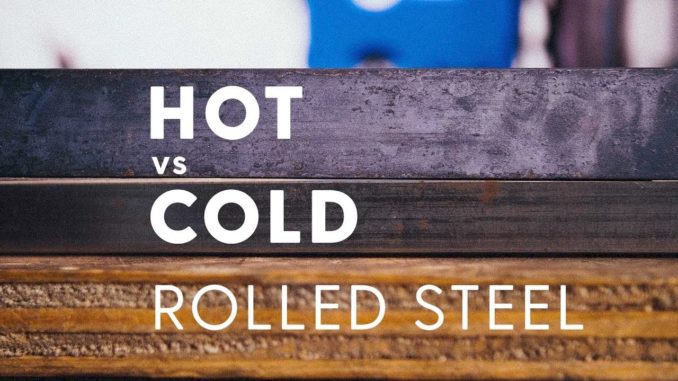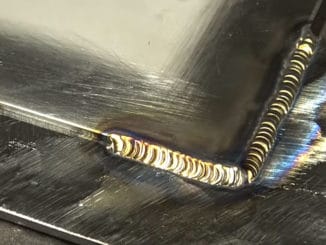
The difference between hot rolled and cold rolled steel is its recrystallization point. Cold rolling is done when the metal can form “new grains” as the old ones are deformed by rolling and bending the metal.
Typically, mills take hot rolled steel after it’s mostly or completely cooled and work it to its final dimension by either rolling it, extruding it, or drawing the metal over a mandrel. For this reason, it’s usually referred to as “cold finished” instead of “cold rolled”.
When you cold work the steel, you can reduce its strength, so a final step called annealing is added. In metalworking, annealing means heating the metal to 1,333-1,400F which is just at the upper limit of the recrystallization point for steel. The metal is then allowed to cool very slowly, normally by leaving the metal inside the furnace and just switching the furnace “off” so it’s not brought to room temperature too quickly.
Doing this allows the metal to create a uniform microstructure and reset its grain from the deformed heated grain back to something more closely resembling an “unheated” microstructure. This process allows for metal that is very strong, but not too hard so it’s still easily malleable.
Hot Rolled vs Cold Rolled Steel Explained
Andy from King Metals Inc explains the differences between cold rolled and hot rolled steel and what the best uses are for each…
Which Type of Rolled Steel Should You Use?
Because of the extra steps involved, and the increase in strength – cold rolled steel is more expensive than hot rolled steel.
Cold rolled steel is going to be stronger overall than hot rolled steel. Note that cold rolled steel has grains, while hot rolled steel does not. This is important because cold rolled steel is going to be strongest when it’s laid with the grain and is significantly weaker against the grain. Because hot rolled steel has no grain, there is no difference in strength depending on its orientation.
Another big factor in whether to use hot or cold rolled metal will depend on what construction processes you’re planning on using to affix the metal, and what function it’s going to play in your project.
If you’re planning on machining your materials further for your project, then be very cautious with cold rolled steel. Cutting it the wrong way can cause warping, or otherwise damage the structural integrity of the metal if you’re not careful. This is a big contrast to hot rolled metal, which does not experience any sort of warping when machined because of its lack of grain. If you’re planning on welding, both hot and cold rolled metals will weld just fine – but keep in mind that cold rolled metal will take on the appearance, and some of the other characteristics of hot rolled metal after being welded.
Is the metal going to be visible, or not?
The finish of cold rolled steel will be overall better than hot rolled, because of the mill scale that develops when it’s heated. Although, some people do like “the look” of hot rolled metal and have incorporated it on the exterior for design purposes.


